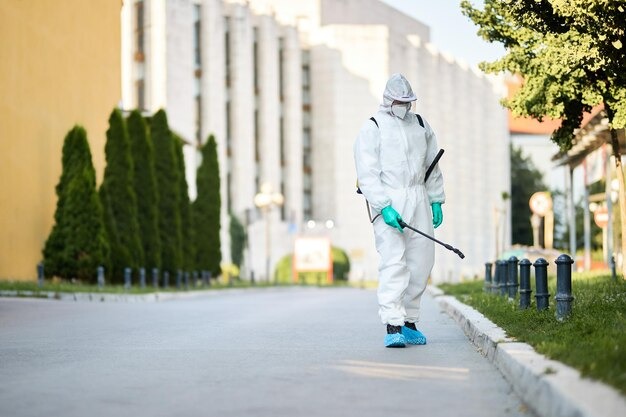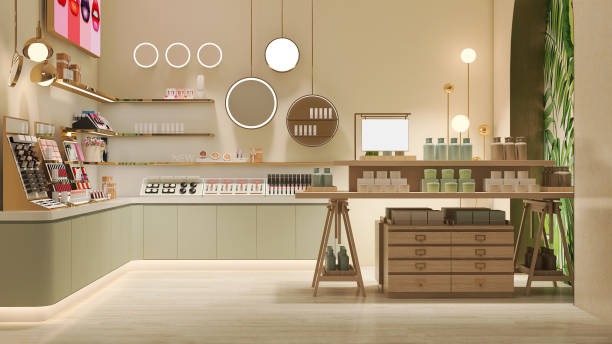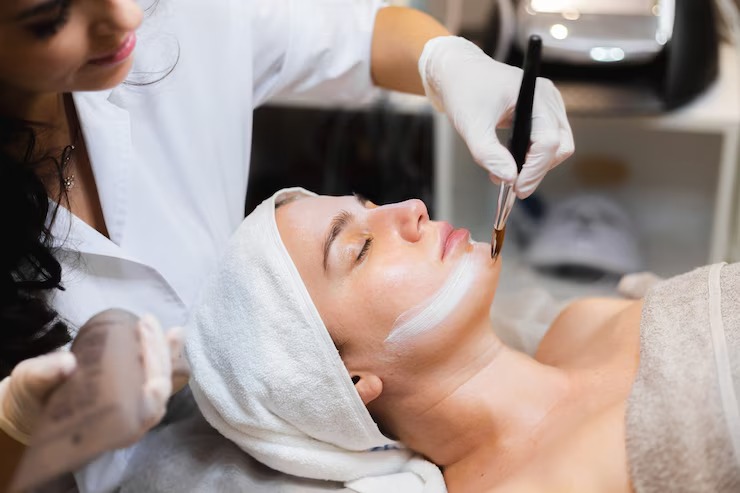How to Make Beauty More Sustainable
The beauty industry has long been associated with glamour, self-expression, and self-care. However, its environmental footprint—ranging from plastic waste to harmful chemicals—has raised concerns about its sustainability. As consumers become more conscious of their impact on the planet, the demand for eco-friendly beauty practices and products has surged. Here’s how you can make beauty more sustainable, from the products you choose to the habits you adopt.
1. Opt for Minimal Packaging
One of the most visible environmental issues in the beauty industry is excessive packaging. From plastic wrapping to bulky containers, packaging waste contributes significantly to pollution. To reduce this impact, look for brands that prioritize minimal and recyclable packaging. For example, some companies now offer refillable containers for products like moisturizers and foundations, allowing you to reuse the same packaging multiple times. Others have shifted to biodegradable materials such as bamboo or glass. When shopping, avoid single-use items like sheet masks or disposable applicators, and instead invest in reusable tools like silicone sponges or washable cotton pads.
2. Choose Clean and Eco-Friendly Ingredients
The ingredients in your beauty products can have a profound effect not only on your skin but also on the environment. Many conventional beauty products contain synthetic chemicals that can harm aquatic life when washed down the drain. To make your beauty routine more sustainable, opt for products with natural, biodegradable ingredients. Look for certifications like “EcoCert” or “Fair Trade” to ensure that the products meet environmental and ethical standards. For instance, brands that use organic shea butter, plant-based oils, or sustainably sourced aloe vera are often better for both you and the planet.
3. Support Cruelty-Free and Ethical Brands
Animal testing has been a long-standing issue in the beauty industry, but many brands are now committing to cruelty-free practices. Supporting these brands not only promotes animal welfare but also encourages more companies to adopt ethical standards. Look for logos like the Leaping Bunny or PETA’s cruelty-free certification when choosing products. Additionally, consider brands that prioritize fair labor practices and support local communities. For example, some companies work directly with farmers to source ingredients, ensuring fair wages and sustainable farming practices.
4. Embrace Multi-Purpose Products
Reducing the number of products you use is another effective way to make your beauty routine more sustainable. Multi-purpose products, such as tinted moisturizers that double as sunscreen or lip-and-cheek tints, can help streamline your routine while minimizing waste. This approach not only reduces the amount of packaging you consume but also simplifies your daily regimen. For example, a single product like argan oil can serve as a moisturizer, hair conditioner, and cuticle oil, making it a versatile and eco-friendly choice.
5. Recycle and Upcycle Beauty Containers
Even with the best intentions, some packaging waste is inevitable. To mitigate this, make recycling a regular part of your beauty routine. Many brands now offer take-back programs where you can return empty containers for recycling. If such programs aren’t available in your area, check local recycling guidelines to ensure you’re disposing of materials correctly. Additionally, consider upcycling empty jars and bottles for other uses, such as storing small items or creating DIY beauty products like sugar scrubs.
6. Reduce Water Consumption
Water is a precious resource, and many beauty products and routines rely heavily on it. To make your beauty habits more sustainable, look for waterless or concentrated products that require less water during production and use. For example, solid shampoo bars and conditioners eliminate the need for water in the product itself and often come with minimal packaging. Additionally, try to shorten your shower time and turn off the tap while brushing your teeth or cleansing your face to conserve water.
7. Educate Yourself and Spread Awareness
Finally, one of the most powerful ways to make beauty more sustainable is through education. Stay informed about the environmental impact of the products you use and share this knowledge with others. Social media platforms and beauty forums are great places to discuss sustainable practices and discover eco-friendly brands. By raising awareness, you can inspire others to adopt more sustainable habits and collectively drive positive change in the industry.
Conclusion
Sustainable beauty is not just a trend—it’s a necessary shift toward a more responsible and eco-conscious future. By making thoughtful choices about the products you use, the brands you support, and the habits you adopt, you can significantly reduce your environmental impact. Whether it’s opting for minimal packaging, choosing clean ingredients, or embracing multi-purpose products, every small step contributes to a larger movement for sustainability. Together, we can redefine beauty in a way that honors both ourselves and the planet.



